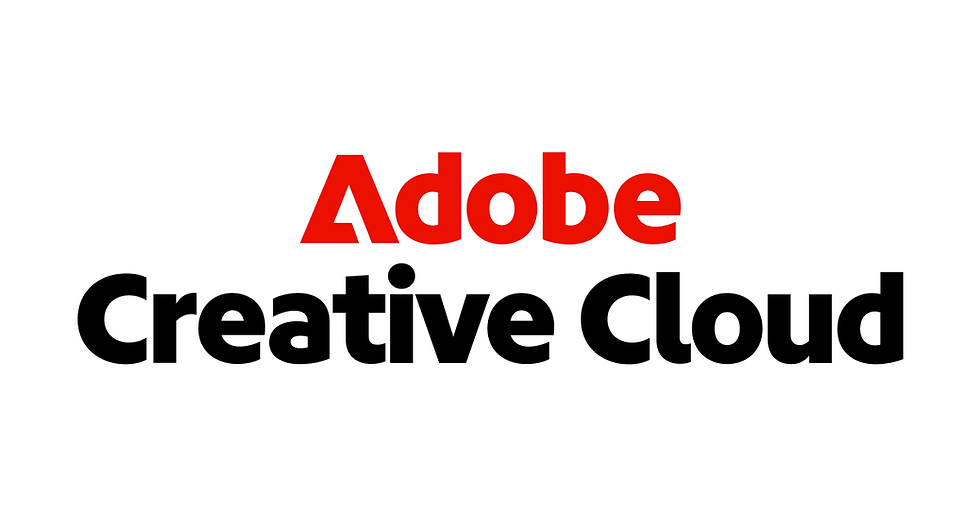Common Logo Design Mistakes You Must Avoid
- Himanshi Bisht
- Aug 26, 2024
- 4 min read
“A logo doesn’t sell, it identifies.” – Paul Rand
Crafting your brand logo is very important- it's the first impression of your brand and the initial visual that people associate with your business. Logo design is a complex task that requires creativity, innovation, and strategic thinking, regardless of whether you're a novice or an experienced designer.
Even the most skilled designers can encounter challenges in the process. Small mistakes and subtle oversights can undermine the logo design process and impact the outcome. To ensure success, being aware of common pitfalls from the start is essential.
In this blog, we'll explore some common logo design mistakes you should avoid.
1. Overcomplicated Design
Many beginner designers fall into the trap of overcomplicating logos, leading to a confusing and messy look. A great logo should be instantly recognizable and memorable, clearly conveying the brand’s essence.
To achieve this, remove unnecessary elements and focus on creating clean, powerful visuals that leave a lasting impression at first glance. Simplicity is key to a strong and effective logo design.
Nike brand is one of the best examples of companies known for their minimalist and effective logo designs.

2. Lack of Research
Creating an effective logo starts with thorough research. A logo isn't just a designed picture; it's a way of communicating that requires your brand’s essence to convey. To do this successfully, you must deeply understand what the brand stands for and what message you want to deliver—or avoid.
The more insight you gather, the better you'll be at translating that into a design that truly represents the brand.
For example, the Spotify logo is the best fit that exemplifies the value of thorough research.

3. Ignoring Scalability
A common mistake in logo design is overlooking scalability. Your logo needs to maintain its quality and impact at any size, whether on a massive billboard or a tiny business card. If you don't test for scalability, your logo could end up looking distorted or unclear in different contexts. Always ensure that your design remains sharp and impressive, no matter the size.
Apple brand is one of many logos that demonstrate how effective designs maintain their impact across various sizes.

4. Avoid Using Too Many Colours in Logo Design
When it comes to logo design, subtle and premium colour selection is key. Using too many colours can make your logo look busy and unprofessional. Instead, choose your colours wisely, and keep your palette simple.
Understanding colour psychology is crucial—select colours that resonate with your target audience and effectively convey your brand's message. A well-chosen colour scheme will help your logo grab attention and create a strong connection with your audience.
One of the best examples of logos is the Coca-Cola brand logo which uses minimal colours to achieve a strong, professional look.

5. Ignoring Audience Preferences
Your target audience should always be at the forefront of your logo design process. Remember, your logo is the first step in connecting with your audience, so it’s crucial to design with them in mind. Choose fonts, colours, and styles that resonate with your audience and align with their preferences. A well-crafted logo not only attracts attention but also differentiates your brand from competitors, creating a strong and lasting connection with your audience.
Like, Victoria’s Secret brand logo exemplifies understanding and appealing to their target audience.

6. Avoid Crafting Details That Are Too Small
A common mistake in logo design is including details that are too small to be noticed. If your logo features tiny fonts or intricate elements that aren’t clearly visible, they can become distracting and ineffective. Every detail in your logo should serve a purpose and be easily distinguishable to your target audience. Before finalizing your design, ask yourself whether all the details are clear and meaningful. Simplicity and clarity are key to a successful logo.
Some of the well-known brands that effectively use clear and simple logos, avoiding overly intricate details are Facebook and Instagram.

7. Poor Balance and Alignment in Logo Design
Balance and alignment are crucial for creating a polished logo. Poorly aligned elements can make a logo look amateurish and disorganized. Ensure all components are evenly spaced and positioned harmoniously to achieve a cohesive design. Use guides and grids to maintain proper alignment, resulting in a logo that appears professional and visually appealing. A well-balanced and aligned logo enhances brand credibility and impact.
For example, the FedEx logo perfectly demonstrates strong design principles, including effective balance and alignment.

Conclusion

Designing isn't just about fun and creativity—it's a critical process that requires dedication and thoughtful consideration. Remember it’s your one-time chance to craft a lasting identity when we talk about logo designing. Once the face of your brand is established, it remains a constant symbol of who you are.
Is your brand ready for a striking, unforgettable identity?
If you're searching for the best logo design agency, Pixsmagic is your go-to partner. We specialize in creating designs that capture attention and resonate with your brand's essence.
Let us help you build a brand that speaks volumes and leaves a lasting impression.



Comments